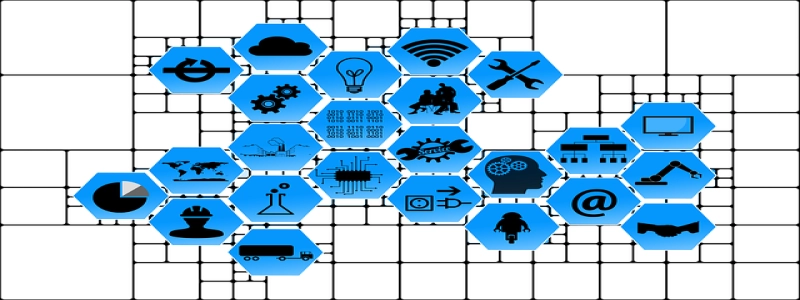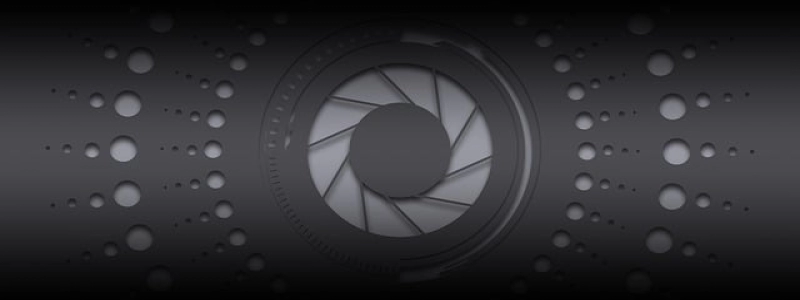Cross Over Ethernet Cable
Introduction:
Ethernet cables are used to connect devices such as computers, routers, and switches to create a local area network (LAN). Typically, Ethernet cables follow a standard known as the straight-through cable, where the same connections are used on both ends. However, there are occasions when a different type of cable is required – the cross over Ethernet cable.
Definition:
A cross over Ethernet cable is a special type of Ethernet cable that is used to directly connect two similar devices without the need for a switch or a hub. It is specifically designed to transmit data signals between two devices of the same type, effectively \”crossing over\” the transmit and receive wires of the Ethernet cable.
How it Works:
In a standard Ethernet cable, the transmit (TX) wire on one end is connected to the receive (RX) wire on the other end. However, when connecting two devices of the same type, such as two computers or two switches, both devices have transmit (TX) and receive (RX) wires configured in the same way. This creates a conflict, as both devices are sending and receiving data on the same wire simultaneously.
To resolve this conflict, a cross over Ethernet cable is used. In this type of cable, the transmit (TX) wire on one end is connected to the receive (RX) wire on the other end, and vice versa. This essentially swaps the positions of the transmit and receive wires, allowing both devices to communicate effectively over the same cable.
Use Cases:
Cross over Ethernet cables are mainly used in the following scenarios:
1. Connecting two computers: When direct communication between two computers is required, a cross over Ethernet cable can be used to establish a peer-to-peer connection. This allows for file sharing, printer sharing, and other network services to be easily set up.
2. Connecting two switches: Sometimes, connecting two switches together without using another intermediary device, such as a hub or a router, is necessary. A cross over Ethernet cable simplifies this process and allows for efficient transmission of data between the two switches.
3. Testing network connections: Network technicians often use cross over Ethernet cables to test network connections and verify the functionality of networking equipment. By directly connecting devices, they can quickly identify and troubleshoot connection issues.
Conclusion:
While standard Ethernet cables serve the majority of networking needs, there are instances where a cross over Ethernet cable is required for direct device-to-device connections. Understanding how a cross over Ethernet cable works and its use cases can greatly benefit individuals and network technicians alike, enabling them to establish direct connections and troubleshoot network issues more efficiently.








